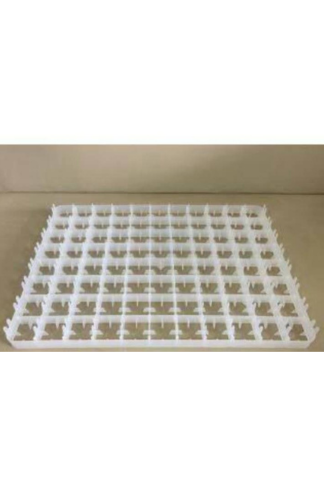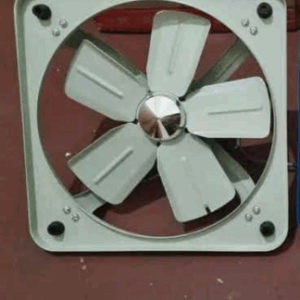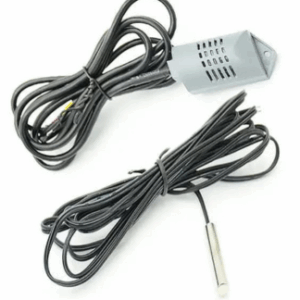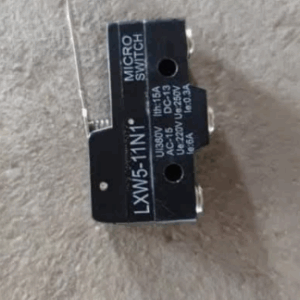A setter tray is an essential component in egg incubators, designed to securely hold eggs during the incubation period. It plays a crucial role in ensuring optimal conditions for embryo development by providing a stable, organized environment for the eggs. These trays are typically made from durable, non-toxic materials such as plastic or metal, and are designed to fit within the incubator’s internal layout.
The primary function of a setter tray is to hold the eggs at a consistent angle, typically at a slight incline, which mimics natural conditions and promotes healthy embryo growth. Some setter trays include dividers or compartments, allowing for eggs to be placed securely in an organized manner. Many models are designed to work in tandem with automatic egg turners, which rotate the eggs at regular intervals to promote even heat distribution and prevent the embryos from sticking to the shell.
Setter trays come in various sizes and configurations to accommodate different types of eggs, from poultry like chickens and ducks to smaller eggs such as quail or pheasants. In larger, commercial hatcheries, setter trays are often designed to handle large quantities of eggs and are easily removable for cleaning and maintenance.
Additionally, some setter trays are designed with ventilation holes to ensure adequate airflow around the eggs, supporting the development of the embryos by allowing oxygen exchange. A well-designed setter tray is crucial for improving hatch rates and minimizing the risk of damage to the eggs during the incubation process.
Whether in a small hobbyist incubator or a large-scale hatchery, setter trays help maintain the ideal conditions for egg hatching, providing a safe and efficient way to manage eggs throughout the incubation period.







Reviews
There are no reviews yet.